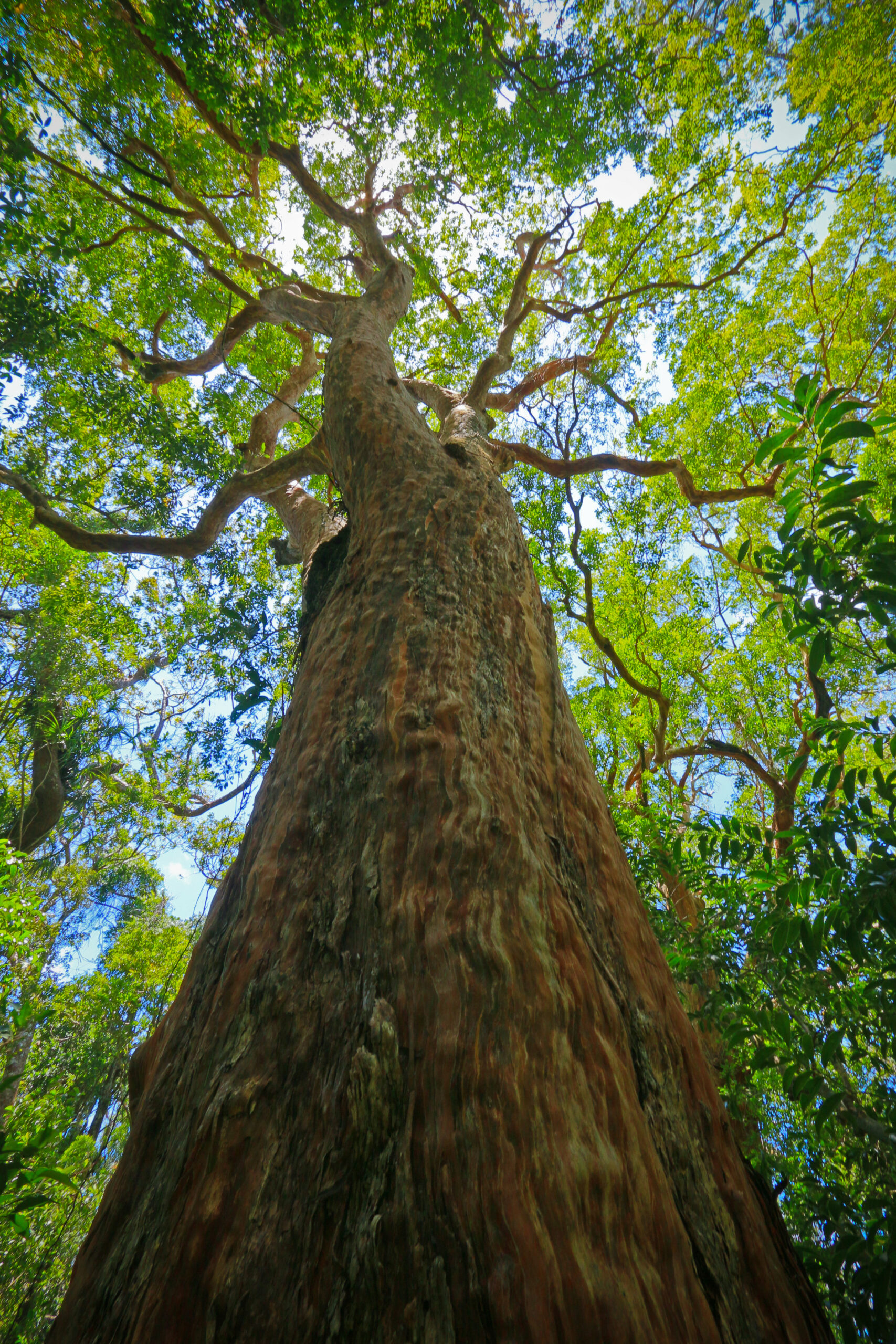| Local Name | Place |
| Bungan | Palawan |
| Buongan, malapiga | Culion |
| Magkono | Cebu |
| Magkono | Manobo |
| Magkono | Samar-Leyte |
| Magkono | Dinagat Island |
| Naves | Loreto |
| Naves | Dinagat Island |
| Tamulauan | Leyte |

Did you spot something we need to update?
Do let us know. Together, let's grow the database.
Reach out to us at binhi@energy.com.ph
Primary and secondary ultramafic forests, often along the river.
PROPAGATION. Mainly by seeds; also by wildlings; regular watering and weeding in nursery; hardening by reduced watering and gradual exposure to full light 3-4 months before outplanting. PLANTING. Prepare site by weeding and cultivating soil on the base of the planting spot (50 cm radius. Regularly weed and cultivate soil. Mulching the base of seedlings with organic materials, e.g. cut weeds or leaves will reduce moisture loss; remove infected or infested seedlings and burn them. (Reference: Philstar, 2011).
Locate our planted MANGKONO Trees
Locate our planted MANGKONO Trees

trees planted in the country!

Spread awareness and learn about the 96 native Filipino trees species EDC has saved from extinction. Get your own copy of the coffee-table book today!